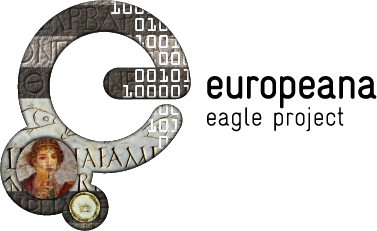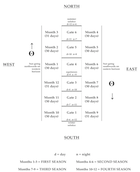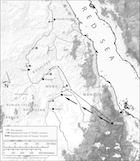[First posted in AWOL 4 November 2009. Updated 27 September 2015]
Liber Annuus
Liber Annuus
The Journal was founded by the professors of Studium Biblicum Franciscanum in Jerusalem during the academic year 1950/1951. It is the Annual ( or Year Book) of this Institution and therefore collects annually the various scholarly contributions prepared by its professors according to their diverse fields of research. Their studies are accompanied by a number of contributions offered by scholars from other scientific and academic institutions from the Holy Land and from abroad.
Beside exegetical, linguistic, and literary studies on the Old and New Testaments, you will find inside articles about the history and archaeology of the Biblical world in general, and of Judaism and Early Christianity.
Each year the archaeologists of the Studium Biblicum Franciscanum publish here the first reports of the campaigns of excavations performed by them in various part of the Holy Land, that is mainly in Israel, Palestine, Jordan, Syria and Egypt.2008 ; 2007 ; 2006 ; 2005 ; 2004; 2003; 2002; 2001; 2000
1999; 1998; 1997; 1996; 1995; 1994; 1993; 1992; 1991; 1990
See the full List of Open Access Journals in Ancient Studies
























